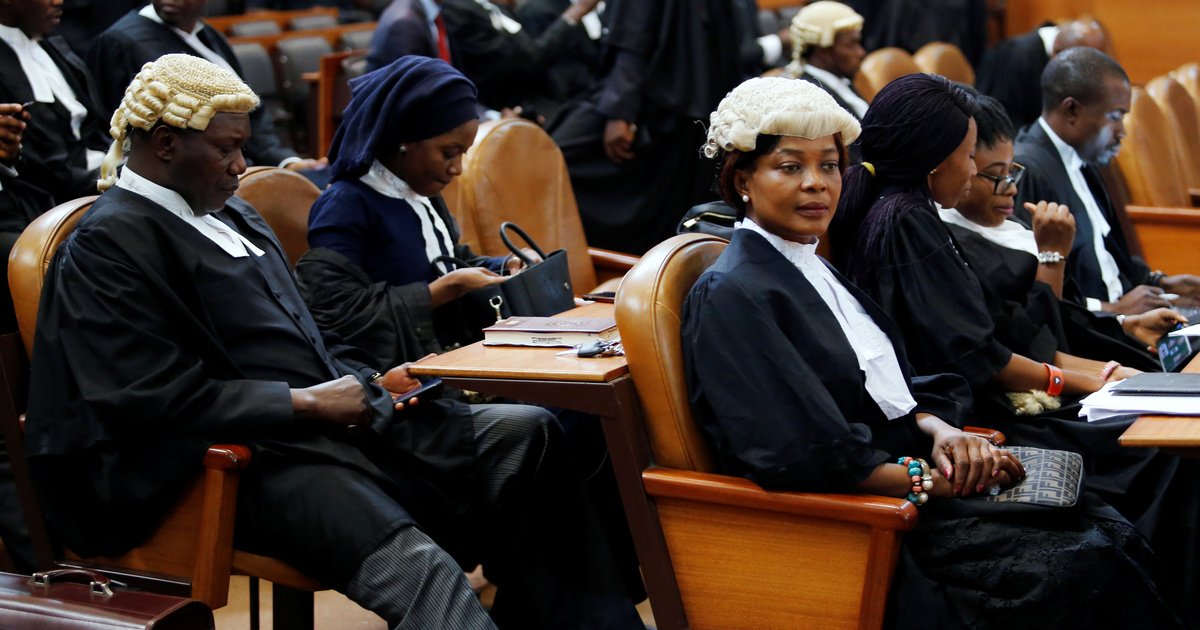Politics
Crucial Things To Know About Supreme Court’s Litigation Department

The Litigation department of the Supreme Court of Nigeria, is an important department in its day to day activities.
It oversees the lifecycle of judicial processes of the Supreme Court, from receiving and processing legal documents to managing court hearings, payments, records, mediation, and post-case disposal.
It integrates both physical and digital operations to maintain accuracy, accessibility, and compliance with legal standards.
Key functions of the litigation department include document inspection, payment processing, record digitisation, case tracking, information dissemination, and support for judicial officers and legal practitioners.
The department is divided into 14 units, each with specific roles:
Receiving Unit: Acts as the entry point, inspecting and processing incoming records, generating appeal numbers, and forwarding documents to other units after payment verification.
Digital Unit: Handles digitization by inputting and verifying data, managing scanned records, and ensuring digital accuracy.
Central Payment Unit (CPU): Manages all financial transactions, ensuring payments are processed and documented before filings proceed.
Court Records Processing Unit (CRPU): Maintains and organizes court records, ensuring proper storage, retrieval, and preparation of files for justices.
READ ALSO: Babachir Lawal Opens Up The Secret OF APC Leaders, Governors
READ ALSO: Justice Sector Reform: AGF’s Rule Of Law Promises We Mustn’t Forget
Case Continuation Unit (CCU): Updates and manages ongoing case records, ensuring proper documentation and dispatch to court registrars.
Court Registries: Prepares cause lists, supports court sittings, drafts orders, and returns files to relevant units post-hearing.
Central Information Unit: Provides information on case statuses and procedures, coordinates inter-unit communication, and manages digital storage and publication of judgments.
Bailiff Unit: Delivers notices and court orders to counsel via various communication channels.
Disposal Unit: Handles concluded cases, ensuring proper storage, archiving, or disposal of records.
Exhibit and Judgment Unit: Manages exhibits and judgments, ensuring their custody, provision to justices, and return to lower courts or applicants as needed.
Mediation Unit: Facilitates dispute resolution through pre-mediation, mediation, and post-mediation phases, including agreement drafting and follow-up.
Commissioner for Oaths Unit: Administers oaths and witnesses legal document signings (e.g., affidavits).
READ ALSO: Sentenced: The Law Takes Its Course On Late Gospel Singer, Osinachi’s Husband
Additionally, Notary public, Enrollment and Credence units are also parts of the department but may not be considered to have a core litigation function. However, they have been integrated into the litigation
department of the Supreme Court of Nigeria to perform primarily administrative and facilitative functions, ensuring proper documentation, documents validity for use in legal proceedings.
Collectively, these units form a comprehensive system designed to support judicial proceedings, maintain legal records, ensure financial accountability, and provide accessible services to legal practitioners and the public.















